


Our Dental Clinic London Dental Specialists are London's leading dental implant specialists providing comprehensive tooth replacement solutions, from single dental implants to complete full mouth rehabilitation. Our expert implantologists combine years of specialist training with cutting-edge digital planning and surgical techniques to restore your smile with permanent, natural-looking results. We offer various implant systems and treatment approaches, ensuring each patient receives a customised solution that best fits their oral health needs, lifestyle, and budget. Our state-of-the-art clinic in London provides everything from immediate load implants to complex full arch reconstructions.







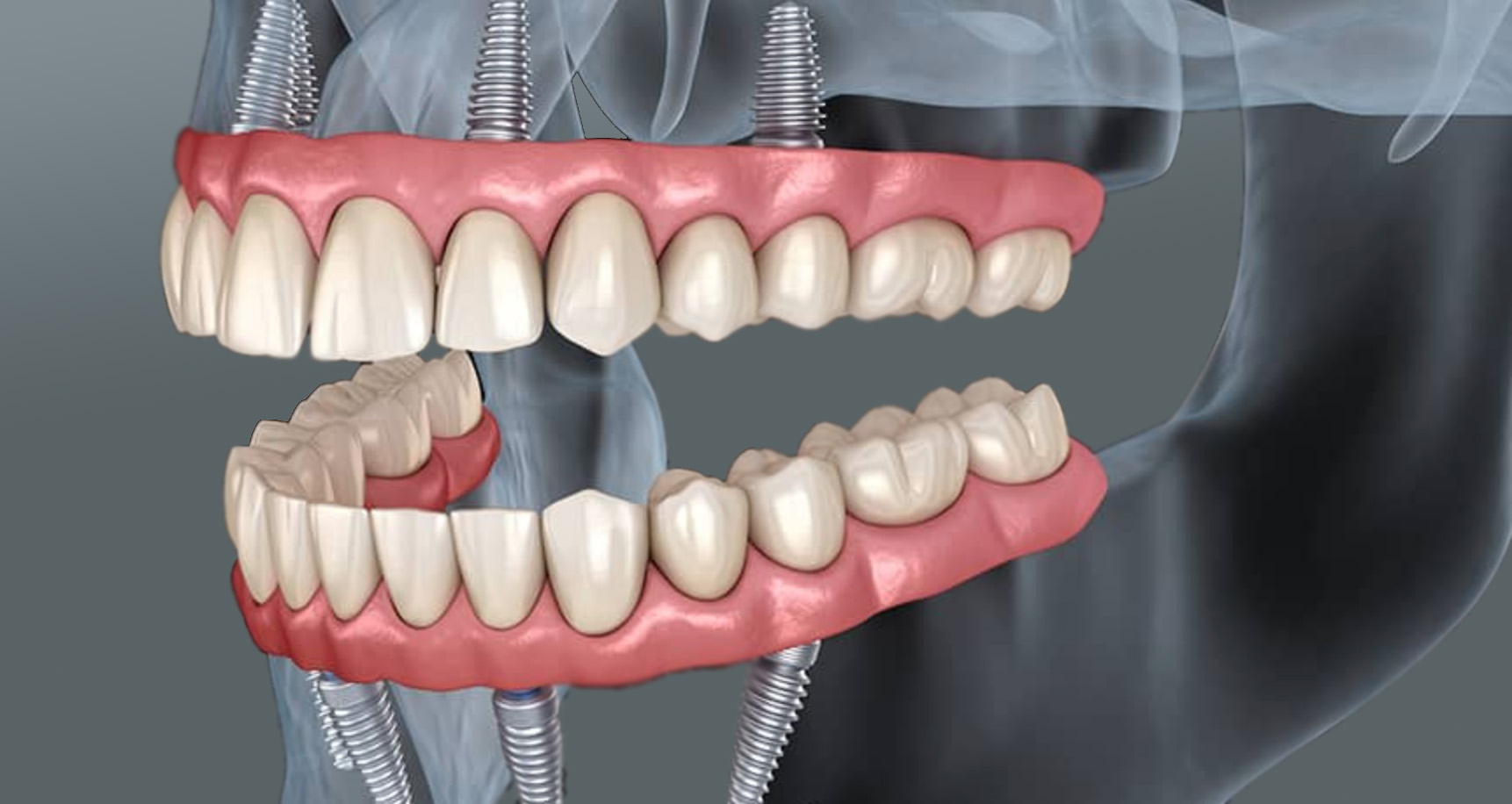




Immediate Load Dental Implants, offered by London Dental Specialists, provide a revolutionary solution for patients seeking swift tooth replacement. This cutting-edge technique, also known as teeth in a day or same-day dental implants, allows for the placement of dental implants and a temporary prosthesis in a single appointment. The procedure involves the strategic insertion of screw-shaped implants with a rough surface, ensuring primary stability and immediate function. Following tooth extraction, our expert periodontist carefully places the implant, assessing bone quality to determine suitability for immediate loading. This advanced dental implant technique boasts high implant survival rates and restores chewing functionality rapidly. Patients benefit from a seamless transition, leaving our Harley Street clinic with a natural-looking, functional crown on the day of surgery. Our state-of-the-art 3D imaging technology and computer-guided surgery ensure precise implant placement, minimising the risk of implant mobility. London Dental Specialists' team of highly trained experts, including a specialist periodontist, endodontist, and orthodontist, work collaboratively to provide comprehensive care tailored to each patient's unique needs.

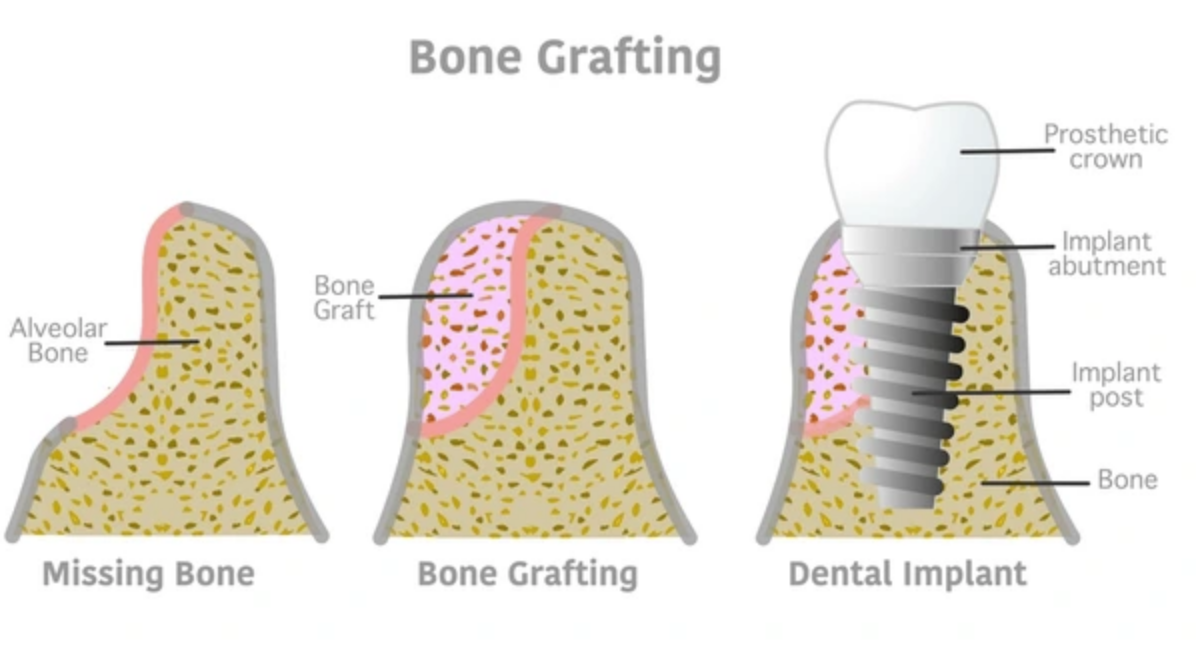

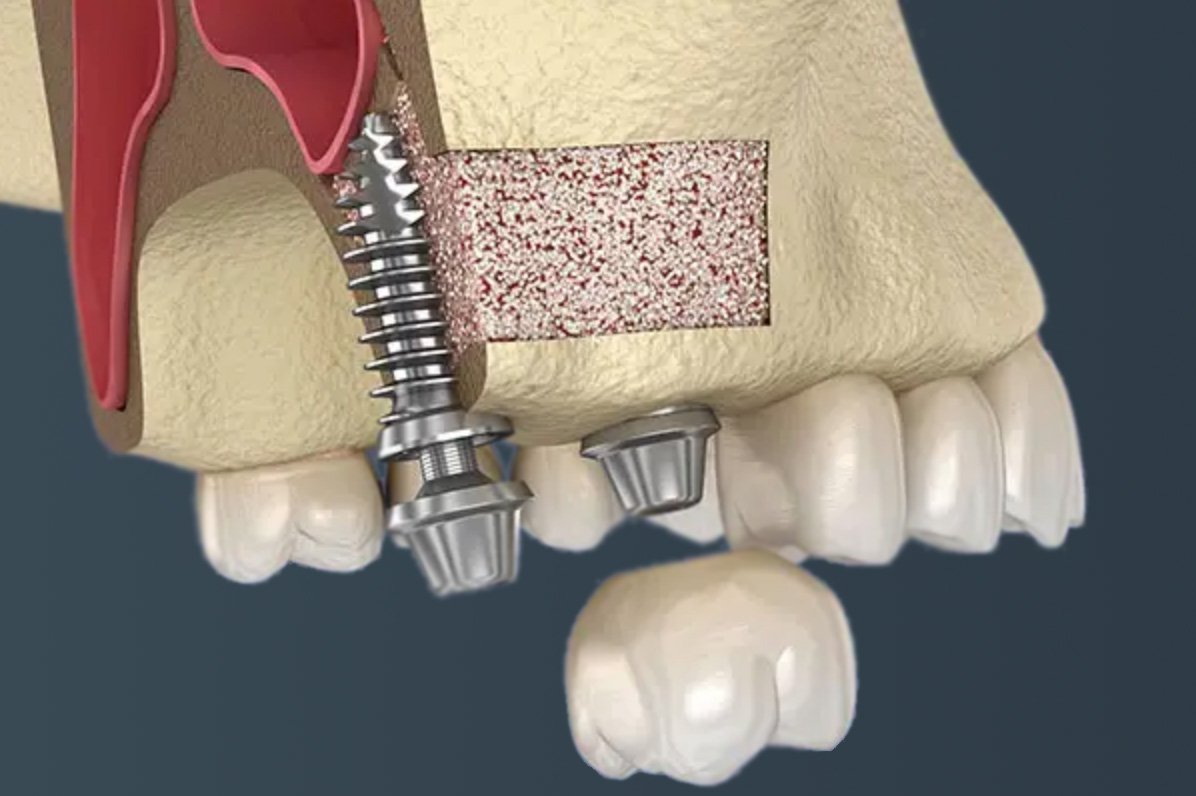

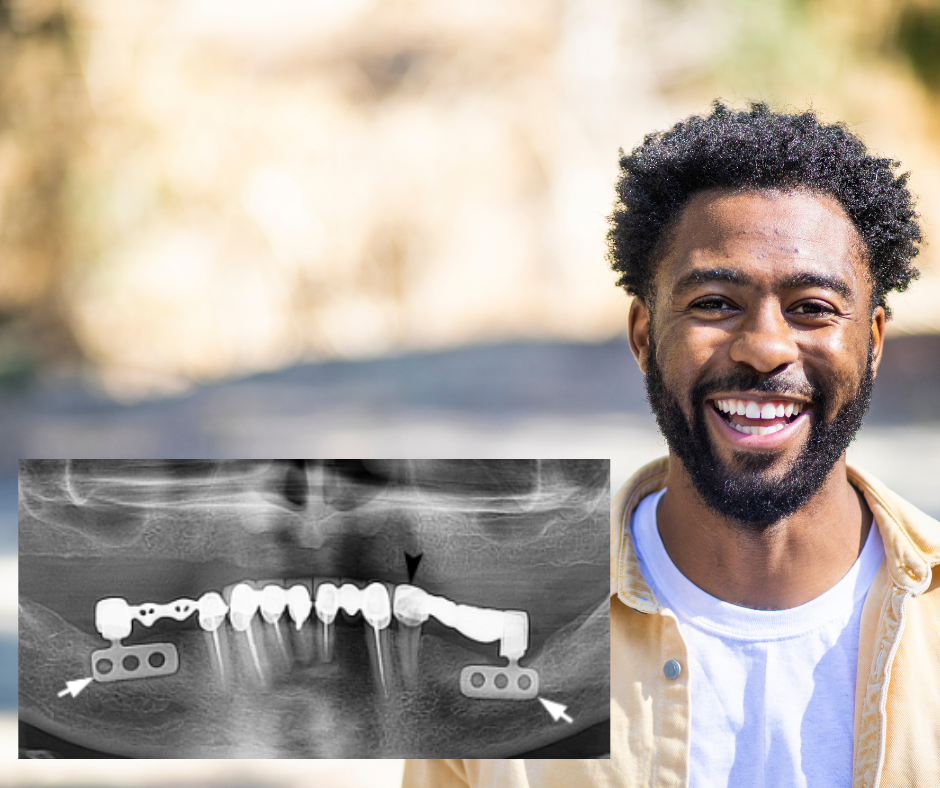
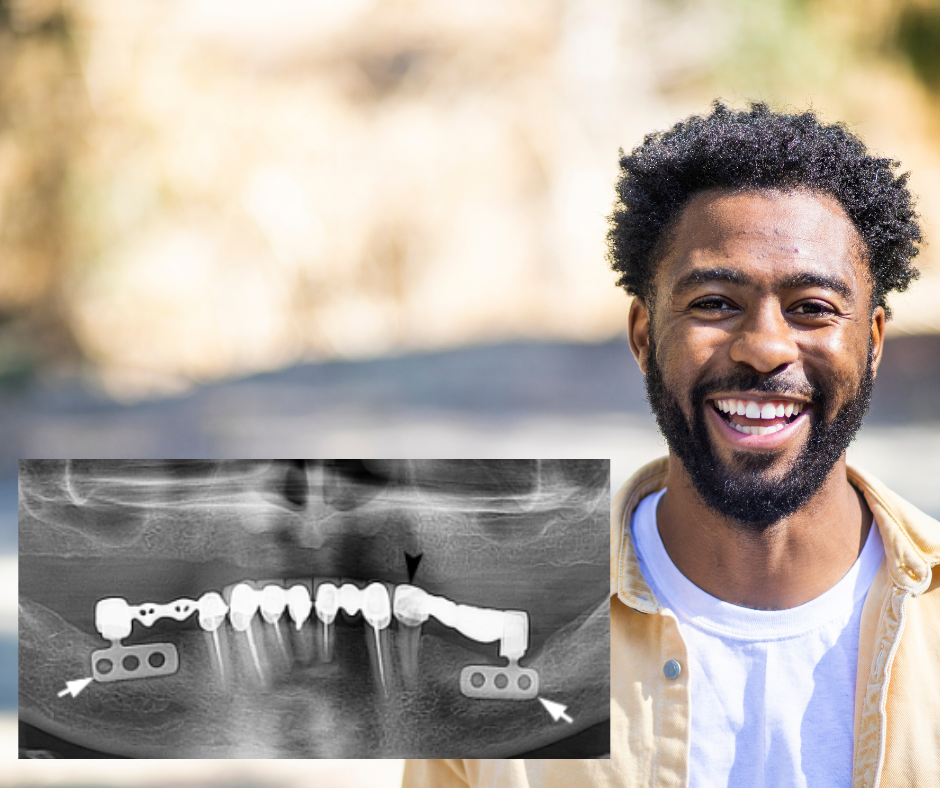




Your journey to a restored smile begins with a thorough consultation and assessment at London Dental Specialists. Here's what to expect:
| Factor | Why It's Important |
|---|---|
| Bone density | Ensures sufficient support for implants |
| Gum health | Affects implant integration and longevity |
| Bite alignment | Impacts implant placement and function |
| Overall oral health | Determines readiness for implant procedure |
Our specialists will discuss suitable implant types, including:
We'll also address necessary support treatments like bone grafting or sinus lift surgery.
This initial step is crucial for creating a tailored plan that meets your unique needs and ensures the best possible outcome for your dental implant procedure.

After your initial consultation, our expert team at London Dental Specialists creates a personalised treatment plan for your dental implants. This crucial step ensures optimal results and a smooth restoration process.
| Component | Description |
|---|---|
| Implant Selection | Choose from options like single tooth, All-on-4®, or full mouth implants |
| Preparatory Procedures | Plan for any necessary bone grafting or sinus lifts |
| Surgical Protocol | Outline the steps for implant placement surgery |
| Restoration Design | Plan for custom-made crowns, bridges, or dentures |
Our specialists use advanced 3D imaging to plan implant placement precisely. This technology allows us to create surgical guides for optimal implant positioning, ensuring long-lasting results and minimising complications.
We'll review the plan with you in detail, addressing any concerns and adjusting as needed. We aim to provide a clear roadmap for your dental implant journey, giving you confidence in the process and expected outcomes.

At London Dental Specialists, we perform dental implant surgery precisely and carefully. This step is crucial for the success of your new smile.
| Step | Description |
|---|---|
| 1. Preparation | Sterilised area and administer anesthesia |
| 2. Incision | Make a small incision in the gum to expose bone |
| 3. Implant Placement | Drill precise hole and insert titanium implant |
| 4. Closure | Close incision with stitches |
We may perform bone grafting or sinus lifts during this stage for complex cases. Our specialists use advanced techniques like All-on-4® or zygomatic implants when appropriate.
After surgery, we provide detailed aftercare instructions. Most patients return to normal activities within a few days. The implant then integrates with your jawbone over several months, creating a strong foundation for your new teeth.
Our team monitors your healing closely, ensuring optimal recovery and preparing for the final restoration phase.
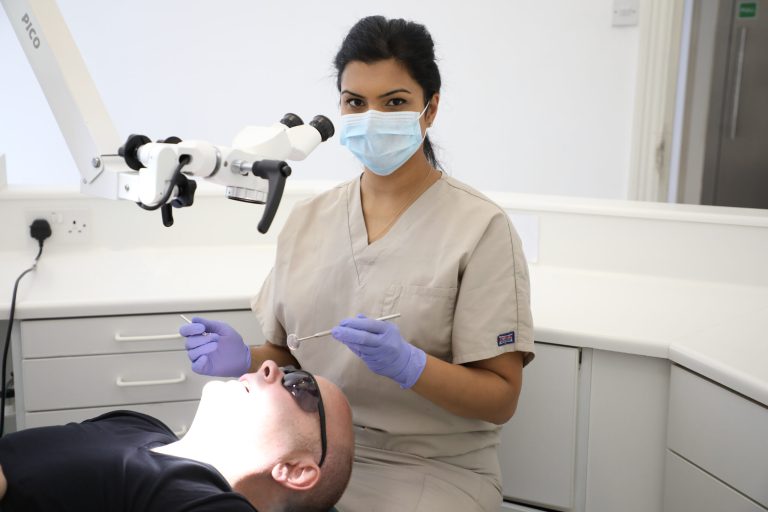
After your dental implant procedure, our team at London Dental Specialists provides comprehensive post-treatment support. This crucial phase ensures the longevity and success of your new implants.
| Time Frame | Action |
|---|---|
| 1 week post-surgery | Initial healing check |
| 1 month post-surgery | Assess osseointegration progress |
| 3-6 months post-surgery | Final restoration fitting |
| Every 6 months | Routine maintenance and cleaning |
We use advanced imaging to monitor bone integration and implant stability. Our specialists provide tailored advice on caring for your implants, including proper brushing techniques and recommended oral care products.
Should any issues arise, our team is readily available to address them. We're committed to ensuring your dental implants function optimally and maintain their aesthetic appeal for years.
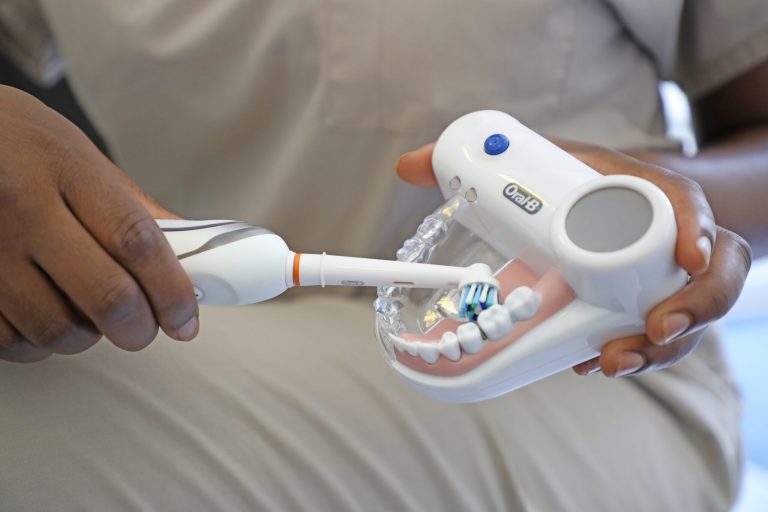

For more information on our Dental Implants costs and pricing:
| Treatment | Average Cost |
|---|---|
| Single Dental Implant | £2,000 - £3,000 |
| Multiple Implants (2 implants for 3-4 teeth) | £5,000 - £6,500 |
| Full Arch (All-on-Four) | £10,000 - £13,400 |
| Consultation | £69 - £75 |
| Bone Grafting | £300 - £1000 |
| Sinus Lift | £500 - £650 |
| CT Scan | £110 - £200 |

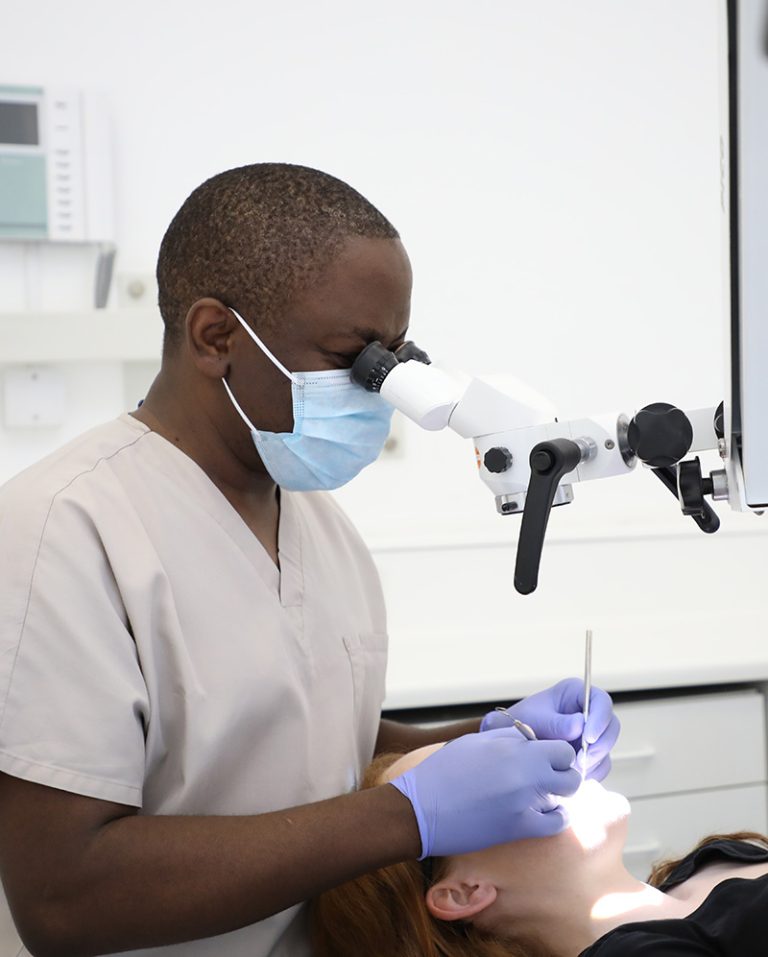




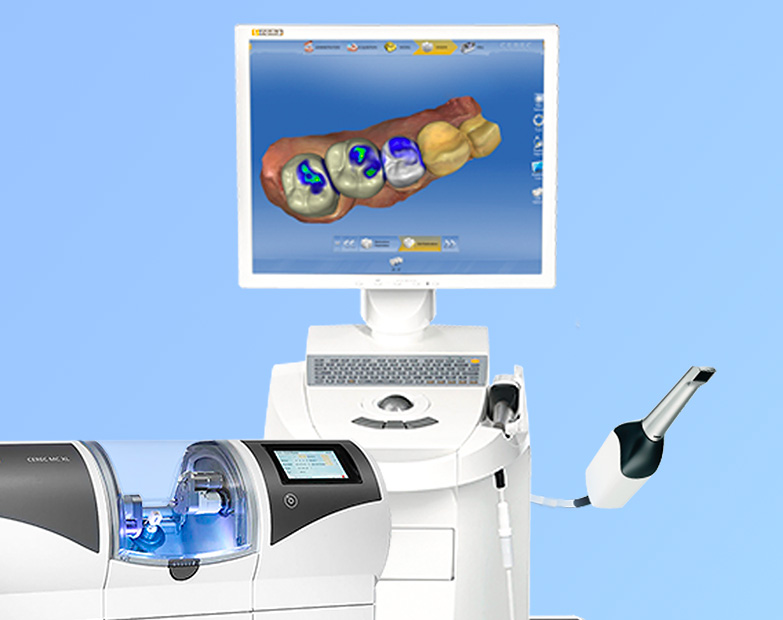







At London Dental Specialists, we offer comprehensive dental implant solutions to restore your smile and confidence. Our expert team specialises in various implant procedures tailored to your unique needs.
Our state-of-the-art clinic ensures a comfortable experience throughout your implant journey. We use advanced technology for precise planning and placement, minimising discomfort and recovery time.
Choose London Dental Specialists for dental implants and regain a natural-looking, functional smile. Contact us today to schedule your consultation and take the first step towards a renewed, confident you.
Preparing for dental implants involves both patient and clinic efforts. Here's what you can expect:
| Stage | Description |
|---|---|
| Initial Consultation | Assess oral health, discuss options |
| Preparatory Procedures | Bone grafting or sinus lift if needed |
| Implant Placement | Surgical insertion of implant posts |
| Healing Period | Osseointegration (3-6 months) |
| Final Restoration | Placement of crowns or bridges |
At London Dental Specialists, we offer implant options, including single teeth, multiple teeth, and full mouth restorations. Our team of experts uses advanced techniques like All-on-4®, All-on-6®, and zygomatic implants to suit individual needs.
We prioritise patient comfort and use state-of-the-art technology for precise planning and execution. Our clinic adheres to strict sterilisation protocols and follows up closely during your recovery process.
Remember, proper preparation leads to better outcomes. We're here to guide you through each step of your dental implant journey.
At London Dental Specialists, we prioritize your comfort and success with dental implants. Our post-treatment care ensures optimal healing and longevity of your new smile.
Our team of prosthodontists, oral surgeons, and implant specialists are committed to your successful recovery. We offer various implant options, including single tooth, multiple tooth, and full mouth restorations, tailored to your specific needs.
For more information on our dental implant services and post-treatment care, contact London Dental Specialists today.

Take the first step towards a confident, radiant smile with our expert dental implant treatments at London Dental Specialists. Our team of highly skilled professionals, led by Dr Ope Sodeinde, is dedicated to providing you with personalised care and exceptional results. Whether you're looking to replace a single tooth or restore your entire smile, we're here to guide you through every stage of your journey.
Don't let missing teeth hold you back any longer. Experience the life-changing benefits of dental implants in a warm, welcoming environment. Our state-of-the-art technology and compassionate approach ensure your comfort throughout the process.
Ready to transform your smile and boost your confidence? We're excited to meet you! Fill out the contact form below to schedule your consultation and discover how we can help you achieve the smile you've always dreamed of. Your new smile is just a click away!
Ready to transform your smile? Take the first step towards a confident, healthy grin with London Dental Specialists. Our expert team offers a range of dental implant solutions, from single tooth replacements to full mouth restorations.
Book your consultation today and discover how our advanced techniques, including same-day implants and All-on-X® options, can restore your smile quickly and effectively.
Don't let missing teeth hold you back – contact us now to schedule your personalised implant consultation and start your journey to a renewed, radiant smile.

London Dental Specialists provides expert dental implant services across Central London's premier districts, including Mayfair, Soho, Westminster, and Belgravia. Our Harley Street clinic is ideally situated to serve patients from prestigious areas such as Knightsbridge, Marylebone, and the City of London. With excellent transport links and a central location, we're easily accessible to residents and professionals in Bloomsbury, Fitzrovia, and Clerkenwell.
Our dental implant services extend throughout London's vibrant inner suburbs, serving patients from well-connected areas within 5-10km of central London. From the artistic quarters of Camden and Hackney to the residential neighborhoods of Islington and Brixton, we provide expert dental implant care to patients across these diverse communities. Our clinic is easily accessible via public transport from areas such as Fulham, Greenwich, and Hampstead.

We extend our dental implant expertise to patients throughout Greater London's outer regions, serving communities beyond the 10km radius of central London. From the residential areas of Enfield and Harrow to the suburban communities of Bromley and Croydon, our specialists provide the same exceptional level of care to patients in these outer London locations. With convenient transport links and flexible scheduling, we make advanced dental implant treatment accessible to residents throughout these broader London areas.
